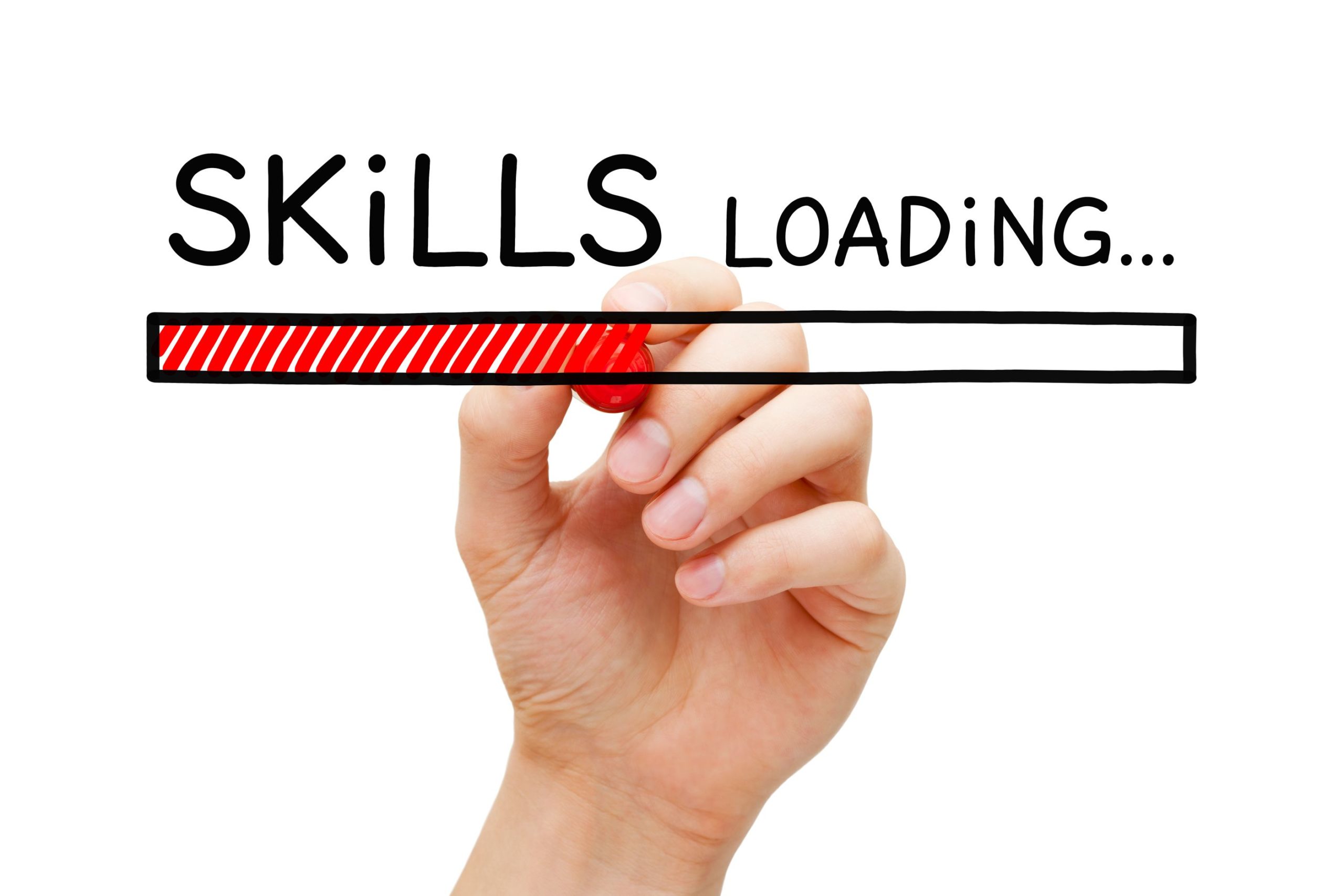Mar 31, 2020 | By David Turberfield

When designing and facilitating an Accelerative Learning (AL) program, the AL cycle provides a broad but flexible template that helps ensure that all the principles of AL are met. The AL Cycle consists of the following five phases (Kinnard 2007):
When designing and facilitating an Accelerative Learning (AL) program, the AL cycle provides a broad but flexible template that helps ensure that all the principles of AL are met. The AL Cycle consists of the following five phases (Kinnard 2007):
Classroom environment: Creating the right classroom environment is crucial to an effective AL training session. The classroom setting needs to be colourful, comfortable and naturally stimulating. It needs to feel like fun; designed to help the participants relax and eliminate whatever uncertainty, stress or learning barriers they may come in with. The setting needs to be collaborative and mutually supportive.
This can be created by careful room set up, using cabaret style layout, choosing a room with natural light, using colourful table throw overs, providing table toys, using bright image-based content and peripheral posters and the skilful use of music.
Delivery approach: The delivery approach needs to be learner-centred as opposed to teacher-centred. The AL facilitator needs to be skilled in:
Content and material: Content needs to be designed to appeal to all three of the learning modalities; audio, visual and kinaesthetic. This requires a skilful blend of speaking, written content, posters and images, video, music, and activities involving group discussion, games and physical engagement. Time also needs to be built into the session for contemplation and reflection to allow the learning to be processed and assimilated by the participants.
AL is effective because it actively engages learners in driving their own learning. People leave an AL training session having had fun, feeling engaged and excited and ready to implement what they have learned in the workplace. It is a total system for speeding and enhancing both the design and learning processes that provides a consistently high level of return on any training investment.
In the words of Gary Schornack, “Our challenge as instructors is to help the student learn more faster, easier, with greater retention. Accelerated learning is the method, and it is fun for both the instructor and student. We can help our students become world-class experts and gurus in our field if we are willing to change our thinking on how our students learn.” (Schornack 1996)
